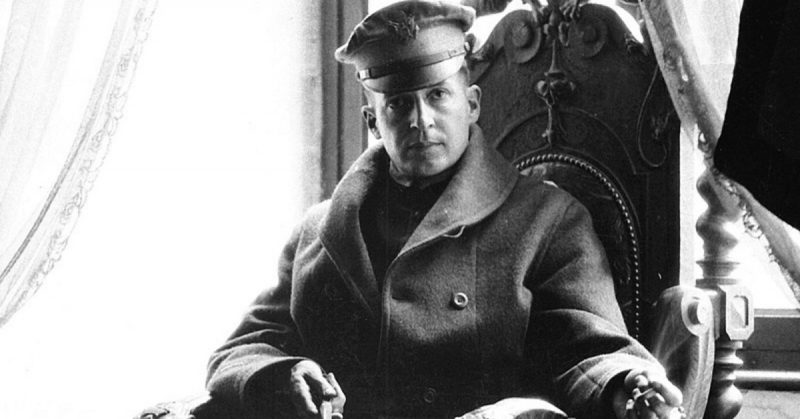American generals and forces were under tremendous pressure to show that their arrival in Europe was not just full of promise, but a real contribution.
Such was the impact of some of the generals in and on the Second World War that we tend to forget that most of them also played significant and heroic roles on the battlefields of World War I and elsewhere. Patton “made his bones” fighting Pancho Villa in Mexico, and then on the Western Front of WWI. Rommel was a hero on the Italian Front of WWI, and others similarly showed bravery and leadership under fire.
Obviously, the great exception is Eisenhower, who rose to command in WWII on the basis of his organizational capability and his ability to form and lead successful groups of men.
Generally, however, one doesn’t rise to great heights without having had some combat experience. Of all the famous American generals of WWI, probably the most qualified, at least on the basis of combat experience, was Douglas MacArthur.
As many people know, MacArthur was a man of massive ego, but in many ways, that ego was justified – at least regarding military matters. By the end of WWI, MacArthur had received seven Silver Stars. Some of those decorations were earned in the United States’ biggest battle of the war, the Meuse-Argonne Offensive in the early fall of 1918.
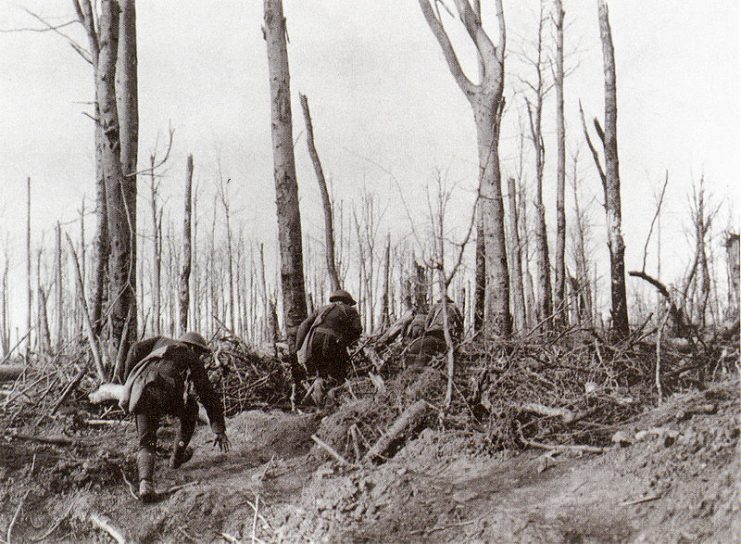
The offensive involved most of the men of the American Expeditionary Force, and cost the lives of most of the Americans killed in the First World War. The fighting was so bloody that the “Yanks” suffered 100,000 killed, wounded or missing in three weeks – to take the objectives that had been planned for the first day. That had been wishful thinking, and an overestimation of American ability and German weakness.
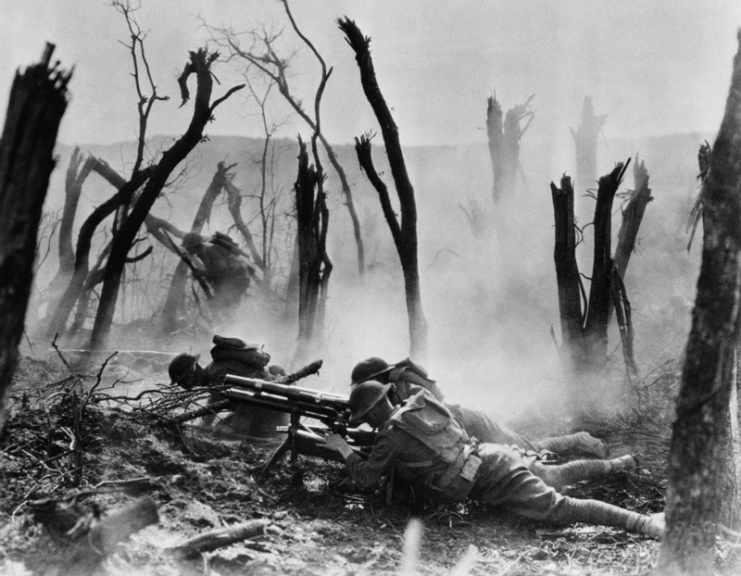
MacArthur was a brigadier general in October 1918, in command of the 84th Infantry Brigade. He had just been passed over for promotion despite having led the brigade through incredibly tough fighting in September and the first part of October.
https://youtu.be/tx41dFGvurQ
In WWII, men derisively and erroneously dubbed him “Dugout Doug” for his supposed propensity for hiding from Japanese attacks. MacArthur was personally very brave, and during the first part of the offensive had led men in combat, including a nighttime commando-style raid. MacArthur received his sixth and seventh Silver Stars for these actions.
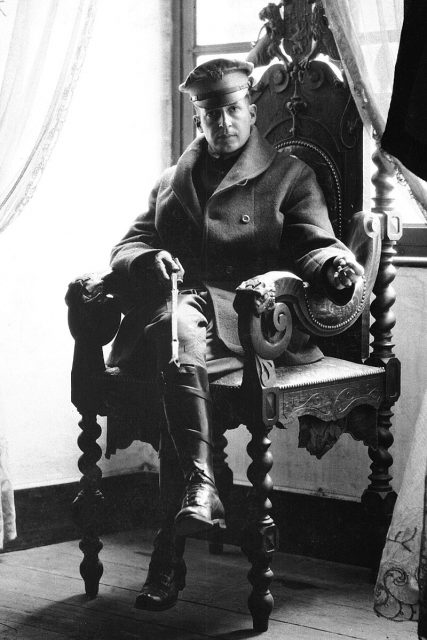
The Germans were at the breaking point in October 1918, but in the American sector they held the hill called Côte de Châtillon, located south of Verdun. The hill dominated the local flat farming terrain, and the Germans had well-placed and entrenched artillery on it along with hundreds of battle-hardened troops. MacArthur and his staff believed that all of the German fortifications in the area were centered on the Côte de Châtillon.
The future hero of WWII made his plans to assault the hill when he was visited by his commander, Major General Charles P. Summerall. He and MacArthur were old friends, but Summerall gave his field commander a dire warning: “Give me Châtillon, or turn in a list of 5,000 casualties.”
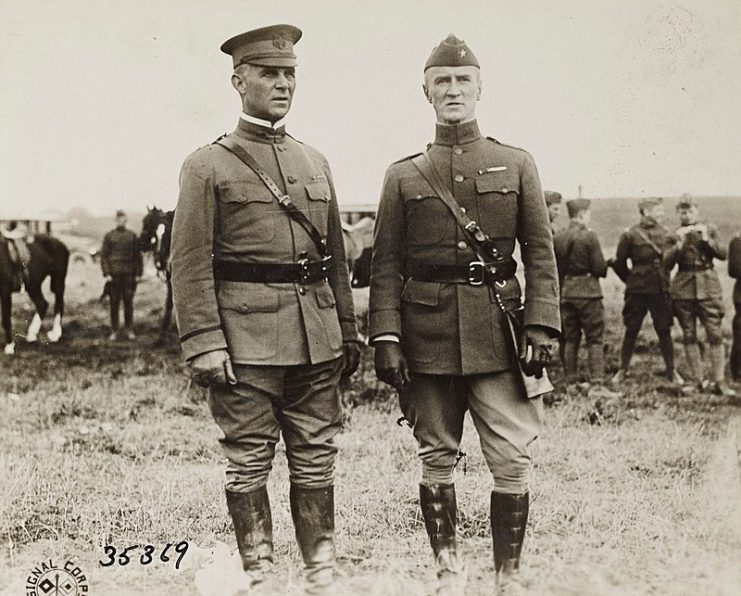
Today that order reads as callous and perhaps bloodthirsty, but by 1918 even the Americans realized that WWI was not going to be won without a massive loss of life. Additionally, American generals and forces were under tremendous pressure to show that their arrival in Europe was not just full of promise, but a real contribution.
Despite having sustained massive casualties in the first part of the offensive and in places having fought both brilliantly and resolutely, the Americans still had to prove that they were now a world power. Great Britain, France, and their allies had paid a high price to get the Germans to the breaking point and it was the turn of the Americans to show that they could hold their own.
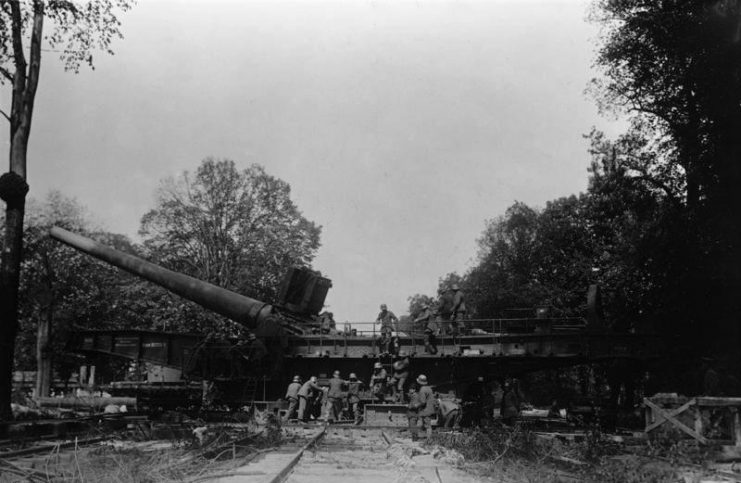
In later years, MacArthur surprisingly would play down his reported response to Summerall, but at the time, he told his commander: “All right, general. We’ll take it, or my name will head the list.”
On October 14, MacArthur began the assault on the Côte de Châtillon. His brigade, made up of men from the National Guards of Alabama and Iowa, fought on the left and right of his attack, respectively. Also taking part was the 83rd Infantry Brigade, made up of men from New York and Ohio. The attack took three days.
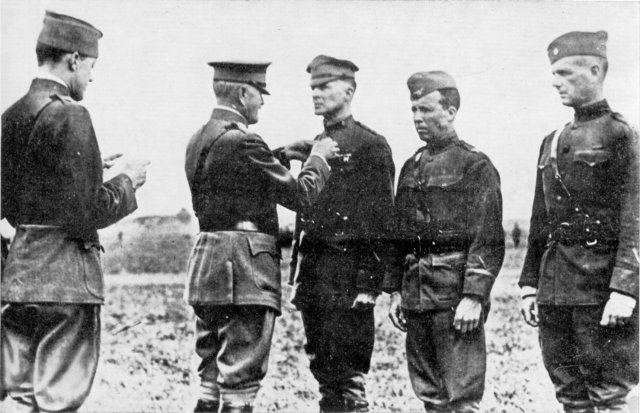
In his later account of the battle, MacArthur wrote: “Little units of our men crawled and sneaked and side-slipped forward from one bit of cover to another. Death, cold and remorseless, whistled and sang its way through our ranks. But like the arms of a giant pincer my Alabama and Iowa National Guardsmen closed in from both sides. Officers fell and sergeants leaped to command. Companies dwindled to platoons and corporals took over.”
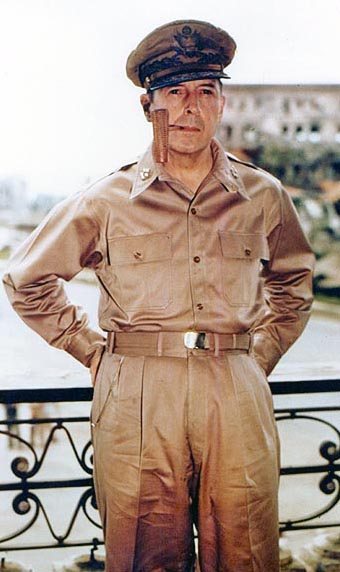
Read another story from us: MacArthur Planned To Destroy Sydney Harbor Bridge in WWII
On October 16, the Americans were in charge of the hill and entrenched themselves for the counter-attack they knew would come. Two days later, the Yanks under MacArthur and the 83rd had not only fought off German counter-attacks but had also taken the smaller hills surrounding the Côte de Châtillon.
The assault came at a high cost, however: 3,000 killed and wounded in the 84th and 83rd Brigades. MacArthur was true to his word and led from the front, for which he received the Distinguished Service Cross. On October 18, the units were relieved and took a welcome rest behind the lines. Three weeks later, the war ended.
